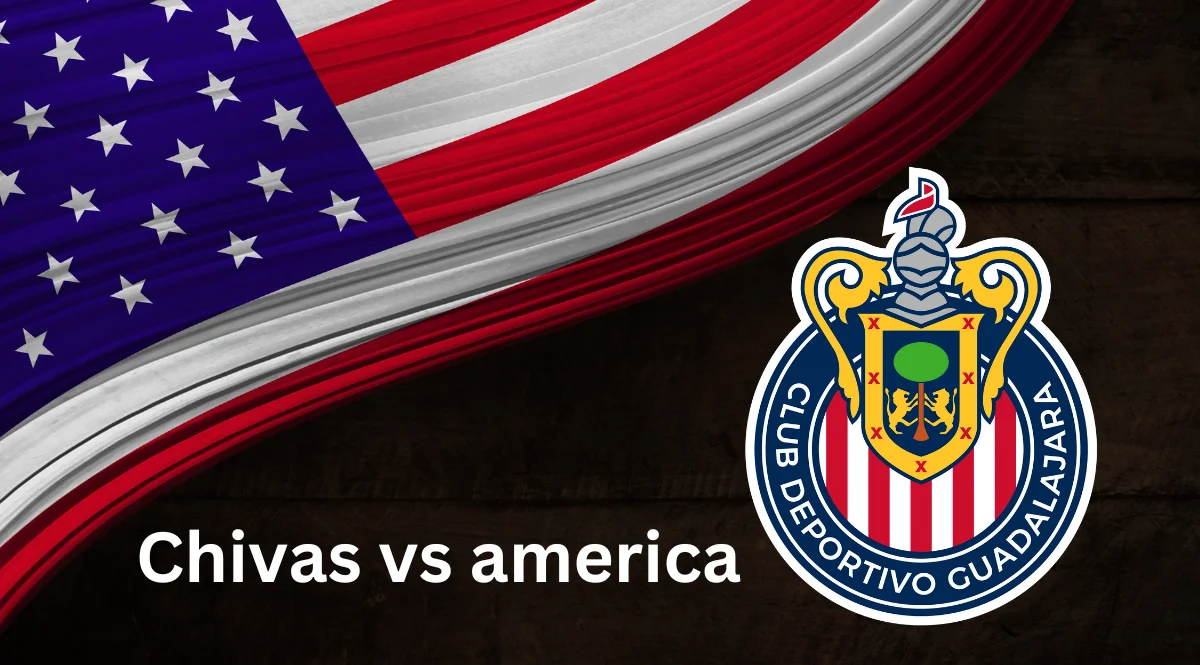Key Takeaways
- Recognizing the transformative role of video translation in an interconnected world.
- A deeper look into the technological innovations streamlining translation processes.
- Understanding the multifaceted challenges involved in video translation.
- Acknowledging the weight of translated videos in educational reform.
- Anticipating the advances and trends ushering in the future of video translations.
Understanding Video Translation Technologies
Decades past have witnessed video translation technology evolve from basic subtitling to the complex synergy of linguistics and artificial intelligence today. Remarkably, AI stands at the forefront of this evolution, applying machine learning algorithms to decipher and translate spoken language with ever-increasing accuracy and fluency. This automation does not simply translate; it adapts, learning from context to provide a translation that understands idioms, colloquialisms, and cultural references. Progress in this domain has accelerated translation processes and democratized access to content for non-native speakers worldwide.
Video Translation and Global Marketing Strategies
Video has become an essential means of communication that can easily reach people across geographical and linguistic barriers. A video translator is crucial in making video content more effective and accessible. They help dissolve language barriers and make it possible to share knowledge and culture across the globe. The impact of video translation extends beyond just accessibility; it also helps global brands to execute effective international marketing strategies. By catering to the cultural nuances of various markets, multinational companies can carve a path for brand affinity and expand their consumer base. Statistical data confirms that translated videos often experience a substantial increase in international viewership, highlighting the indispensable role of video translation in global marketing arsenals. Therefore, it is essential to contemplate the manifold implications of video translation for communication, marketing, and education.
Challenges in Video Translation
The road to effective video translation is fraught with nuanced challenges. Chief among them is the need to maintain the essence of the original content while attuning it to distinct cultural landscapes. Synchronizing voice-overs with on-screen visuals requires sophisticated expertise to ensure translations resonate equally across varying audiences. Technical stumbling blocks also arise in video formatting and the potential loss of synchronized subtitles due to platform incompatibility—challenges that necessitate state-of-the-art solutions and astute attention to detail.
Legal and Ethical Considerations
Engaging in video translation has its legal and ethical problems. Translators navigate a minefield of copyright legislation, differing not only from country to country but often encumbered with intricacies and exceptions. Ethically, the realm of translation tasks the translator with interpreting artistic works in a manner faithful to the original, all while ensuring it can be understood in a different cultural context. Balancing legalities with these ethical responsibilities necessitates a profound understanding of the source material and the target audience.
Education and Video Translation
Educational paradigms have seen unprecedented growth through the advent of translated video content. Video translation has empowered educators to transcend linguistic constraints, offering learning opportunities to a broader demographic. In non-English speaking countries or regions with high linguistic diversity, such translated materials have opened doors to equitable education, allowing knowledge to permeate societal strata that were previously unreachable.
The Future of Video Translation
The world of video translation is undergoing a rapid transformation with the advent of several ground-breaking technologies. The combination of augmented and virtual reality enables the creation of immersive experiences that transcend language barriers, revolutionizing how translation is being approached. With the rise in global video consumption, the demand for video translation services is also increasing, making this sector a promising area for future growth. These advancements can revolutionize entertainment and education by offering a novel way to experience global content and redefining cross-cultural communication. As these technologies continue to develop, the future of video translation for global content looks bright.
Measuring the Success of Translated Videos
The success of a translated video can be scrutinized through various lenses, each providing a distinct measure of its effectiveness. Viewer engagement rates, for example, offer a straightforward indicator of a translated video’s resonance with an audience. Additionally, as marketers and content creators analyze the data, they can pinpoint strengths and opportunities, continuously fine-tuning their approach to video translation. By employing analytics to drive decisions, video production and translation stakeholders can optimize their strategies toward achieving a more significant global impact.
User Experiences with Translated Video Content
Gathering feedback from viewers who watch translated video content can offer valuable insights into the success of the translation. When the audience is engaged, it is a testament to the effectiveness of the translation in communicating the intended message while respecting cultural nuances. Users’ satisfaction often results from a combination of linguistic precision and cultural empathy that goes into the translation process. It highlights the fact that the best translations are the ones that seamlessly blend in and preserve the essence of the original content. In other words, the translation should be so good that it should feel like it was created in the language it was translated into.
Best Practices for Video Translation Projects
Translating a video is a multi-dimensional undertaking that requires a harmonious blend of creative and technical expertise. The process involves a careful combination of artistic vision and cutting-edge technology to achieve a successful outcome. It’s crucial to select the right tools and techniques to help bring the creative vision to life while ensuring that the latest technological advancements are employed to make the process more efficient, accurate, and cost-effective.
To produce a high-quality translation, working with experienced linguists with the linguistic and cultural knowledge necessary to deliver an accurate and culturally sensitive final product is essential. These professionals are skilled at navigating the nuances of language and culture, ensuring that the translation is faithful to the original message and culturally appropriate for the target audience.
It’s essential to have an efficient project management system to ensure a smooth translation process. A systematic workflow approach is necessary to keep the project on track and inform all stakeholders. This approach requires a balance of human oversight and automated processes, which work together to guarantee accurate and culturally sensitive translations delivered on time and within budget.



